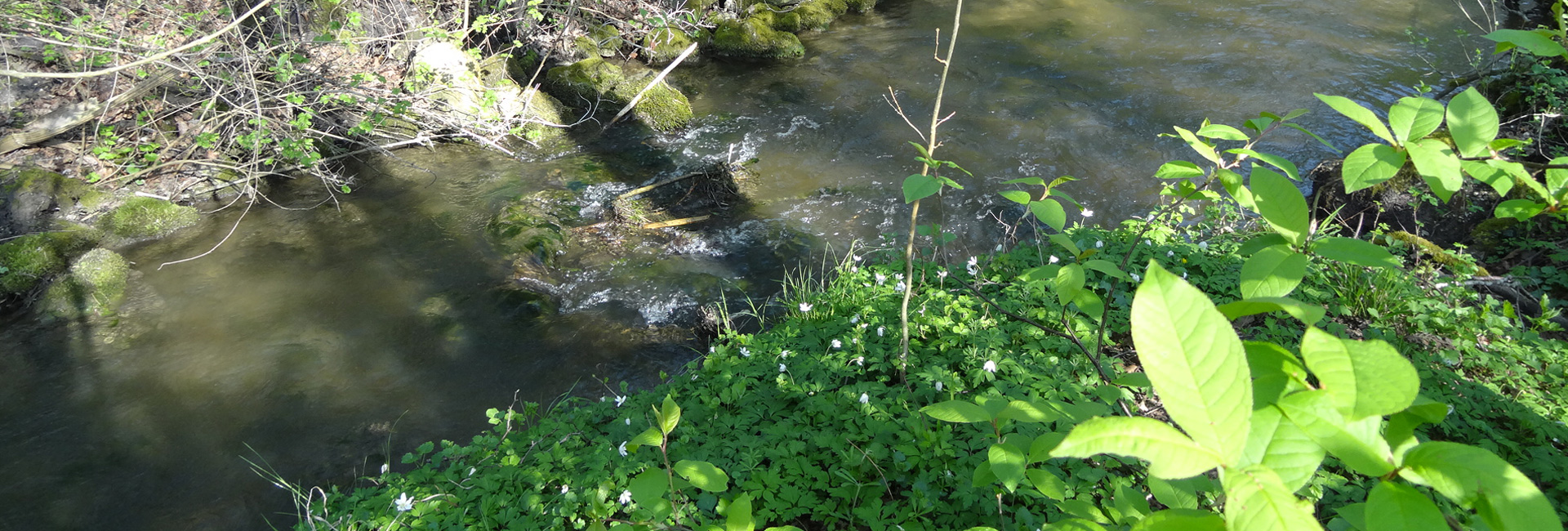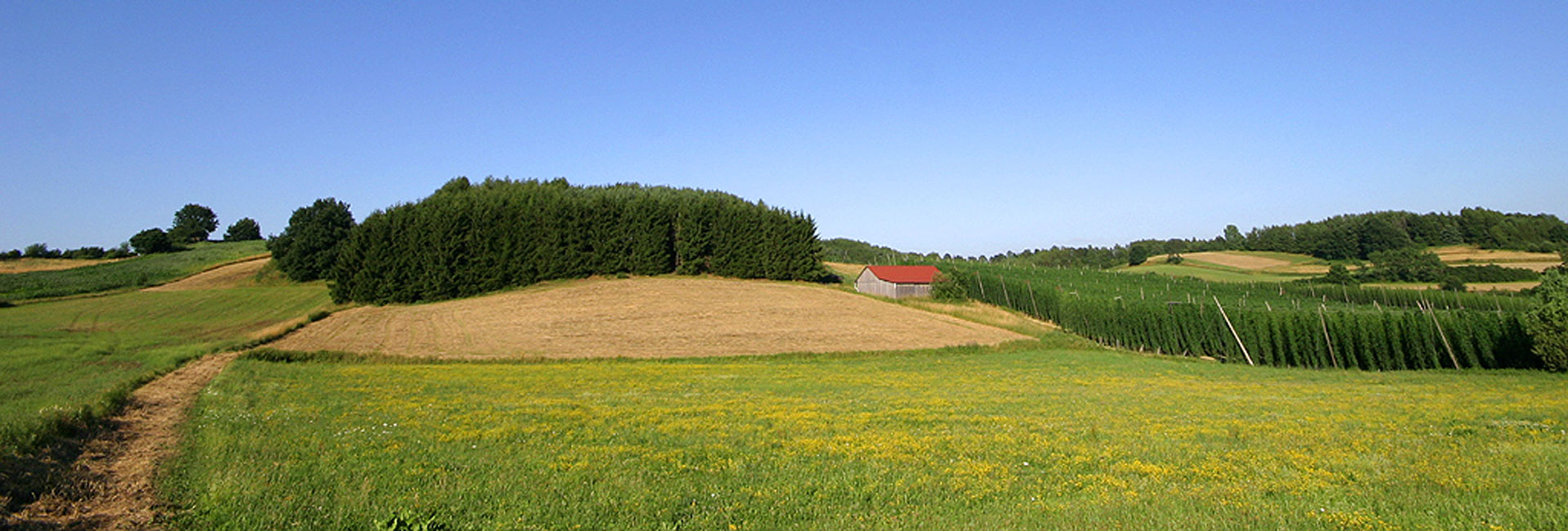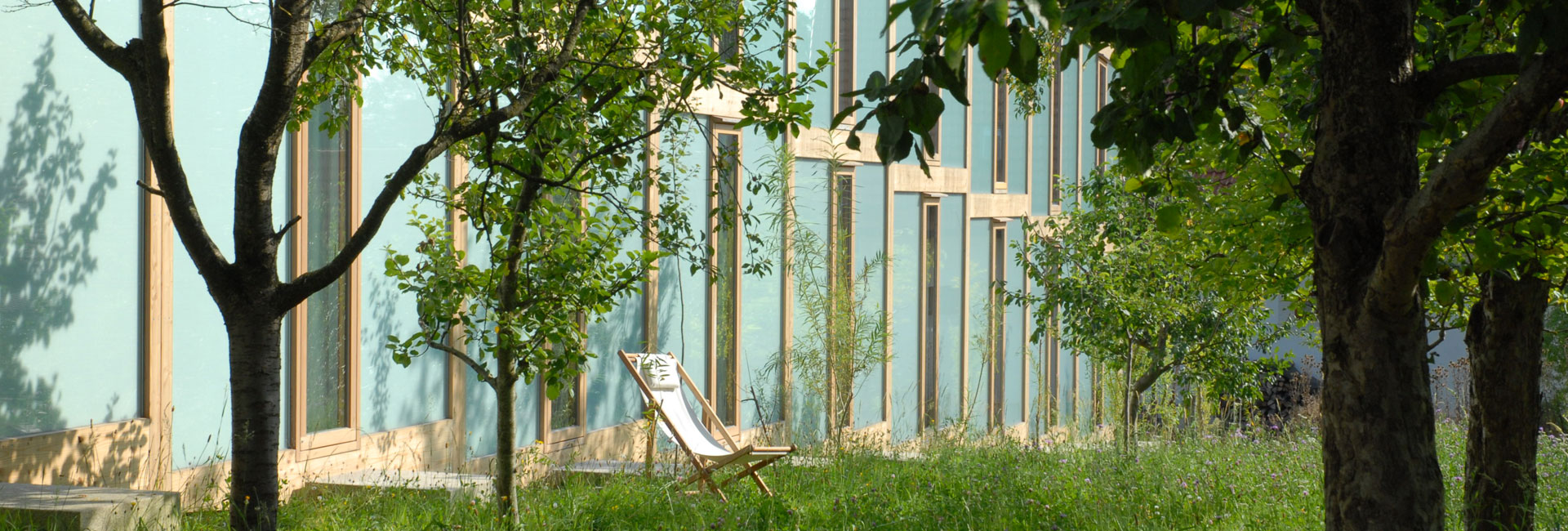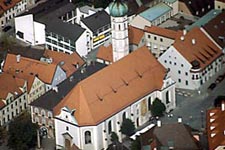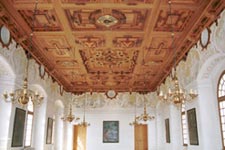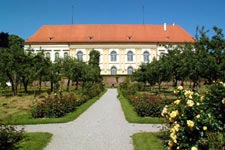Dachau in Upper Bavaria is a town of contrasts. It has been marked by history in manifold ways and is nowadays a modern town.
In the 12th century the castle of the Dukes of Dachau in the area of today’s old town, was built. Between 1546 and 1573 the Wittelsbacher built a four-wing Renaissance castle on the highest hill of Dachau, which – because of its charming setting – became the favourite country residence of the Munich royalty. In the remaining western wing the renowned castle concerts have been the cultural highlight for a quarter of a century now.
In the time of the Nazi regime Dachau with its concentration camp became synonym for inhuman terror. This time is still actively remembered. The concentration camp memorial with museum and archive informs on this time and numerous further events – e.g. an annual symposium – keep the memory alive.
Besides of contemporary history, arts and culture are rooted in Dachau. Once every tenth inhabitant was a painter and still today many artists and painters mark the life in Dachau. At the turn of the century Dachau – besides Worpswede – became the most important German artists’ colony and still today it ranks among the European towns of artists.
Numerous events make Dachau a worthwhile destination all year though: The traditional Christmas market promises contemplative hours with changing Christmas attractions. Annually in August the traditional Dachau festival, which has a 120-year long tradition, takes place.
That’s not even all: Guests can also enjoy the Dachau music summer in the historic old town, the Baroque picnic in the Hofgarten, numerous restaurants for all tastes, bars, pubs and night clubs, galleries, museums, cabaret and theatre performances. Sports and nature lovers also get their money’s worth in Dachau.
» More on the region


